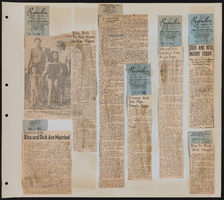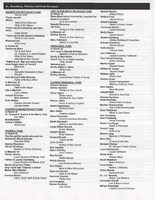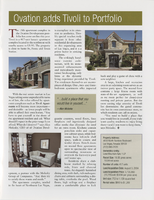Search the Special Collections and Archives Portal
Search Results

Meeting minutes for Consolidated Student Senate University of Nevada, Las Vegas, August 30, 1990
Date
1990-08-30
Archival Collection
Description
Includes meeting agenda and minutes. CSUN Session 20 Meeting Minutes and Agendas.
Text
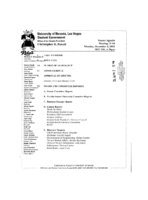
Meeting minutes for Consolidated Student Senate, University of Nevada, Las Vegas, December 02, 2002
Date
2012-12-02
Archival Collection
Description
Includes meeting minutes and agenda, along with additional information about bylaws, letters, and surveys. CSUN Session 33 (Part 1) Meeting Minutes and Agendas.
Text
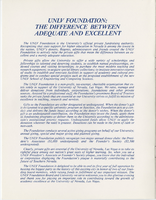
Program from Christmas with Class at the Thomas and Mack Center, December 16, 1983
Date
1983-12-16
Description
This program is from the gala opening of the Thomas and Mack Center at the University of Nevada Las Vegas in 1983, which featured a celebrity lineup including Frank Sinatra, Dean Martin and Diana Ross. The program provides details of the contributions of Jerome Mack and Parry Thomas to the University of Nevada, Las Vegas.
Text


Pagination
Refine my results
Content Type
Creator or Contributor
Subject
Archival Collection
Digital Project
Resource Type
Year
Material Type
Place
Language
Records Classification


